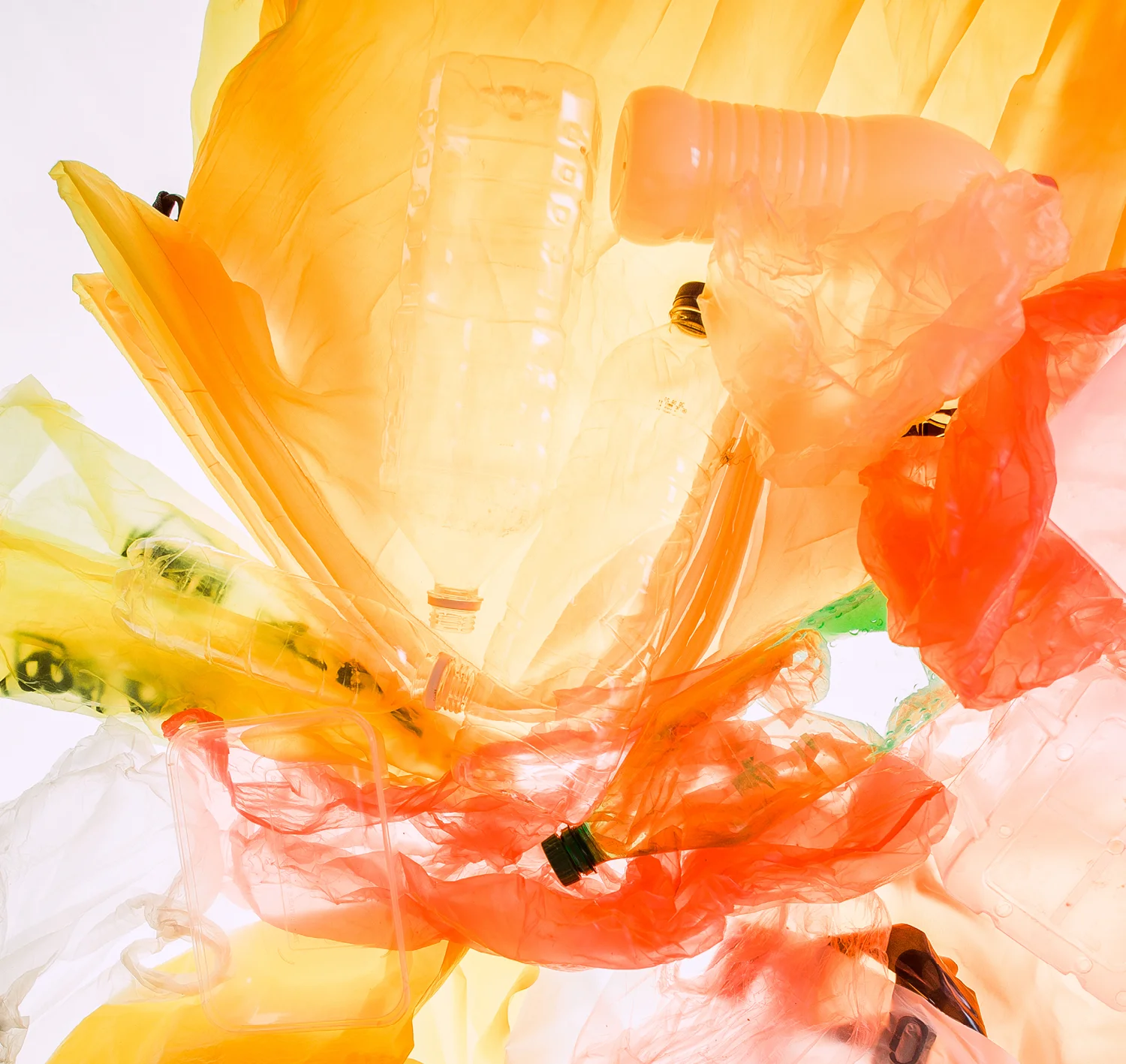
A HAHN Group brand
THE MATERIAL OF THE FUTURE
Discover the world of hanit
RECYCLING CYCLE
Waste as a valuable raw material
The HAHN Group mainly recycles mixed plastics and films made from polypropylene (PP) and polyethylene (PE, LDPE, HDPE), which belong to the polyolefins group. Recycling this varied mix of materials and colours in a high quality and environmentally friendly way poses a special challenge, so every step in the production of our material hanit requires the utmost precision. In addition, every product and every application area has its own individual requirements. For this reason, we have to produce the agglomerates and pellets that are subsequently processed into new hanit products differently. The selection and composition of the waste plastic plays an absolutely crucial role because this largely determines the specifications of the new recycled plastic.

HOW USED PLASTIC IS TURNED INTO A NEW MATERIAL
To produce hanit, the pre-sorted waste plastic is first freed from all foreign matter so that it can then be shredded into recyclable units and cleaned in machines. After cleaning, the material is processed into pellets through mechanical processes and then mixed into a plastic compound. High-quality finished parts are produced in our workshops with the aid of melting and intrusion.
RECYCLING CAN ALSO BE IN COLOUR
Normally our hanit products are grey because this shade is created automatically by processing the varied packaging mix from the Yellow Bag. By adding colour batches during the recycling process we can also create other colours and offer our clients a colourful selection of products. For example, many hanit products are also available in brown, anthracite, red, blue or green.


INNOVATIVE RESOURCE MANAGEMENT
We always try to make the production of our products as energy and resource-efficient as possible because in our company conserving resources is of great importance along the entire value chain. In order to make a positive contribution to environmental and climate protection, we do not use water, for example, when cleaning the raw material and instead rely on a dry mechanical process. Moreover, production residues and offcuts are collected and fed back into the production cycle so that no resources are wasted.
